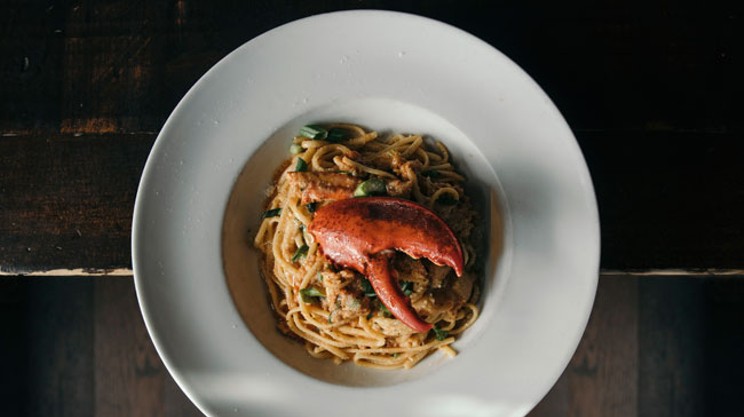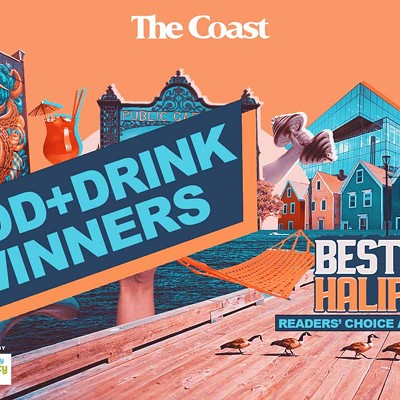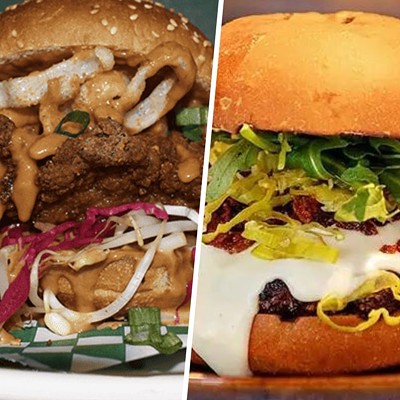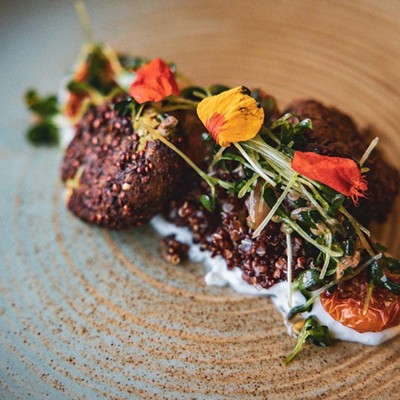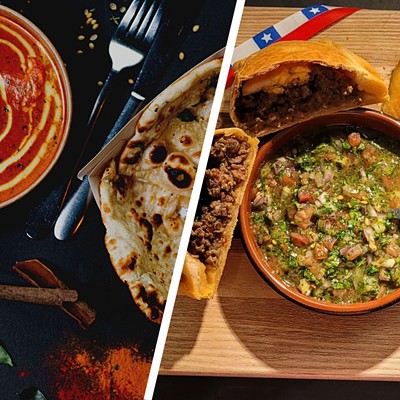“You can have multiple cocktails,” says our sangria Bill Nye, Bicycle Thief bartender Matt Boyle, of what makes it a great drink. “You can’t have multiple margaritas without ending up under the table. It accompanies food so well, because of both the citrus and wine, you can have it before or after dinner, serve it with brunch…it’s just so versatile, that’s my favourite part.” But just because it’s flexible, doesn’t mean anything goes—it’s possible to cross over from refreshingly fruity to hummingbird water. Scroll over the tips (red dots) below (or, just make Matt Boyle's recipe) to avoid that.
Recipe yields one 6oz cocktail. Multiply by the number of guests to make a pitcher's worth.
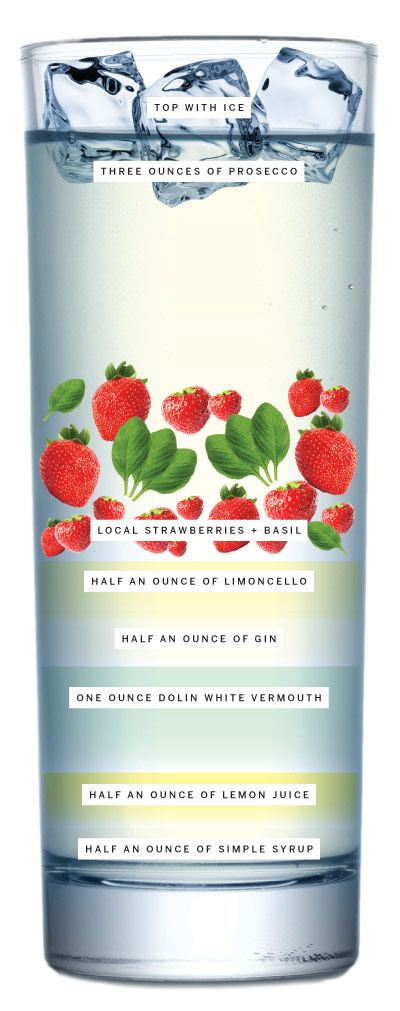
“Typically people think of it as a way of getting rid of a crappier wine—that’s a little bit of a misconception,” says Boyle. “The better the ingredients the better the outcome.” Not to say that box of general “red” you want to rid yourself of won’t make for a good mix, but your favourite Valpolicella or Pinot Grigio will result in a more dynamic drink.
“You want to use the freshest stuff available, we have so many great ingredients in Nova Scotia in the summer,” says Boyle. Oranges aren’t the be-all, end-all—think strawberries, blueberries, plums, peaches, even beets. Fresh herbs as garnish, like mint, go a long way, too.
The sugar aspect of the sangria isn’t necessarily about making it sweeter, it’s about making a more complex flavour. Honey, agave, simple syrup, even flavoured syrup—Boyle uses cinnamon in a red wine sangria—give the drink body.
Boyle says if you’re making a big batch, leave it in the fridge overnight and stir and taste every few hours. The same goes if you’re just mixing sangria for one—“the thing that’ll make your drink the best is learning what you like.”
Similarly to the sweetener, mixing in a soda water or sparkling wine can add depth to the flavour—soda adds a slight saltiness—plus, it thins out a too-boozy concoction.


